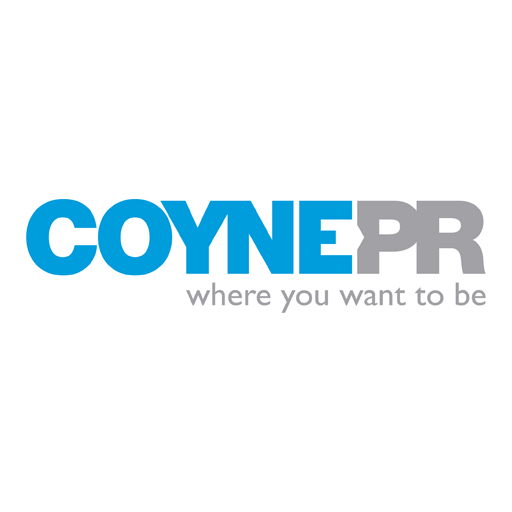Coyne PR 06 Apr 2015 // 1:46PM GMT

President Obama’s introduction of the "precision medicine” initiative transcends just the research and development of new and innovative medications. From a communications perspective, it reinforces our need to truly get focused on our target: What is the path of the patient journey? What do they need? Where do they get their information? Who or what influences them? And importantly – how can we apply a “precision communications” approach to drive activation?
You see, today’s healthcare organizations and brands deserve more from communications than a monologue of awareness and education; they need to inspire engagement and activation. So how do we get there? Having spent 25 years working with leading healthcare companies and brands, the most successful campaigns have some commonalities – they deliver against a brand’s business objectives, are part of an integrated brief and platform, introduce a new and ownable conversation, and drive consumer activation through insight-driven approaches that connect with target audiences on both an emotional and functional level.
Keys to Consumer Activation in Healthcare
With the emergence of new technologies, consumer journalism and social platforms, today’s brands have many new channels at their disposal to help firms precisely target their audiences. However, with so many new channels and competing messages, we are challenged to dig deeper to better understand our target and deliver fresh creative that drives engagement and activation.
Some keys to keep in mind to creating activation-oriented programs:
- Where Do You Want Be? – It’s critical to define what success looks like, not just for communications, but also for the overall brand. Whether the goal is driving trial, switches, or another engagement, it’s easier to work backwards when you know where you want to be.
- Define the Patient Journey – Whether you’re marketing a children’s fever reliever or introducing a new product for cancer, it’s critical to understand the target’s journey, decision tree, and where we can provide the greatest value and influence. Nothing gets you closer to these answers than taking the time to talk with the target you want to reach.
- What Else is the Brand Doing? – Outside of being cost-effective, it’s critical to align with what the other marketing channels are doing (e.g., new advertising theme, retail activations, brand sponsorships, online programming). When all teams are working together from the same brief, programs are more powerful and effective.
- Keep It Simple, Talkable and Ownable – “Hey, did you hear what XYZ Brand did today?” In healthcare it’s easy to “doctor up” a program with a celebrity or other controlled tactics that can be costly or have a short lifespan. The best ideas are simple, ownable and are built on a strategic insight that resonates with the target audience.
- Don’t Over-Channelize A Good Idea – Many brands think they need to be on every social media platform “because everyone else is doing it.” Instead, it’s more important to be precise in your approach knowing the details of your target and what they’re talking about. It’s easier to introduce a new conversation when you know what they’ve been talking about.
- Success Leaves Clues – While measurement is critical, it’s often used in a vacuum. Rather than just measuring what you accomplished, explore how deeply the target was engaged, how it drove activation and contributed to the brand’s business objectives. Good measurement doesn’t just measure where you’ve been, but helps shape the course for going forward.
In summary, today’s healthcare brands are facing increased competition for mindshare requiring an insight-based, “precision communications” approach to audience activation. While brands will benefit from this targeted approach, the real winners will be those patients who are connected to the healthcare solution they need. Now that’s what I call precision medicine in action!

Kelly Dencker is Senior Vice President at Coyne PR


































.jpg)














